
© Freepik
January 24, 2025
Hanja Niederhammer
- Beauty
Repairing sun-damaged skin: Tips for regeneration and prevention
How to repair sun-damaged skin and what you can do to help your skin regenerate in the long term

© Freepik
January 24, 2025
Hanja Niederhammer
How to repair sun-damaged skin and what you can do to help your skin regenerate in the long term
The sun is the life-giver of our Earth, but for our skin, it can be a real challenge. Once it is sustainably damaged, it shows in the skin appearance. We explain how to repair sun-damaged skin and what you can do to help your skin regenerate in the long term.
Not only sunburns leave marks – the real danger often lurks hidden. Studies show that UV rays are the main cause of visible skin changes such as wrinkles , pigmentation spots, and loss of elasticity.
Particularly insidious: UVA rays, which accumulate silently over the years until their damage suddenly becomes visible. These invisible attackers illustrate that the repair of sun-damaged skin is an issue that affects us all – sooner or later. But how well can damaged skin really repair?
Sun damage cannot be completely repaired, but skincare products with retinoids and vitamin C, as well as chemical peels, can mitigate its effects. They improve the skin's appearance and visibly reduce pigmentation spots.

© Freepik
It is mainly the UVA rays, which secretly and undetected leave their mark. Over the years, they penetrate deep into the skin, reduce collagen production, and lead to sagging of the connective tissue. Increased and uneven melanin production promotes pigmentation spots and the formation of wrinkles.
Especially affectedare our sun terraces – face, décolletéand hands. Especially on the face, sun damage to the skin is often most evident because these areas are exposed to radiation daily and are the first to reveal the effects of these invisible attacks. But what does sun-damaged skin look like?
The first reminder of the sun manifests as pigmentation spots through uneven color changes that reflect a disturbed melanin production. Under sunlight, the body forms melanin as protection, but uneven deposits later lead to visible discolorations.
They are the subtle yet relentless companions of UV exposure. The deeply penetrating rays break down collagen , causing the skin to lose elasticity. The signs of aging become visible more quickly – a less delightful effect known as photoaging.
Whether immediately after sunbathing or as a constant companion: Dryness often manifests as rough spots. UV rays attack the skin's protective lipid barrier, reducing its ability to retain moisture. The result? Tired, lackluster skin that loses its suppleness.
The so-called sun allergy appears on the skin with red spots, itching or wheals after intensive UV-A radiation. The symptoms usually subside quickly, but make it clear how important a consistent sun protection is to protect the skin before sunbathing.
Sun-damaged skin has an impressive ability to self-regenerate – our largest organ is a real multitalent when it comes to healing. However, even it reaches its limits with severe damage.
Not all traces of the sun can be completely undone. The good news: There are various ways to repair sun-damaged skin to some extent and bring it back to its best light.
This powerful antioxidant is a real gamechanger when it comes to regenerating sun-damaged skin. It neutralizes free radicals generated by UV rays, thus protecting against further damage.
"Vitamin C helps regulate melanin production and can also help lighten pigmentation spots. By boosting collagen production, it ensures a firmer, smoother complexion."
Another advantage of Vitamin C with regular use: It strengthens the skin barrier and helps retain moisture – the perfect freshness boost for a radiant complexion.
But beware: Vitamin C-containing creams can make the skin more sensitive to light, so always combine them with a high-quality sunscreen.
Retinol stimulates cell regeneration, repairs damaged tissue and smoothes fine lines. But if your skin reacts sensitively, are gentler alternatives such as retinal or retinyl palmitateideal. They work more slowly, but are less irritating and still effective in renewing the complexion.
When using retinol and its alternatives, the following applies: patience is the key. Start with a low concentration and slowly increase the frequency to avoid irritation.
Apply the product in the evening and definitely combine it with a broad-spectrum sunscreen, as vitamin A derivatives make the skin more sensitive to light.
Combined with a moisturizing care you can fully exploit the potential of these power ingredients and give your skin a new radiance.
Fruit acids, also known as alpha hydroxy acids (AHAs), are true all-rounders and an efficient means of repairing sun damage to the skin. They gently remove dead skin cells, stimulate blood circulation, and help visibly reduce pigmentation spots.
These powerful acids, often derived from natural sources like sugar cane or fruit, support skin regeneration thanks to their gentle yet effective exfoliating effect. The result? A smoother skin surface and a fresh glow.
Important: After application, the skin becomes more sensitive to light, so sun protection is essential. AHAs should be avoided during pregnancy Avoided. Consult a beauty salon or dermatologist to take full advantage of this gentle treatment.
In addition to Vitamin C, Vitamin E and Niacinamide are among the stars of skincare. These antioxidants protect the skin from free radicals, strengthen the natural barrier, and soothe inflammation. Vitamin E calms and moisturizes, while niacinamide also brightens and reduces redness.
Together, they promote a more even complexion by locking in moisture and supporting regeneration – perfect for sun-damaged skin that needs a boost of care and protection.
After sun damage, the skin often loses massive amounts of moisture, making it appear dry and dull. Hyaluronic acid acts like a magnet: it binds many times its weight in water and replenishes the skin's moisture stores.
The result? Plump, smooth skin with less visible dryness lines. For maximum hydration, combine a hyaluronic serum with moisturizing creams and a nourishing mask. Ideal as a daily care routine to soothe the skin and give it a fresh glow.
Those who want to avoid chemicals and aggressive treatments often ask themselves: Can sun-damaged skin also be repaired naturally ? The answer is: Yes - at least to a certain extent.
Natural ingredients such as vegetable oils, herbal extracts, and essential oils are gentle companions that enrich the skin with vitamins, antioxidants and nutrients. They promote regeneration and provide the skin with valuable care for mild sun damage, especially on the face. These active ingredients can also be an ideal complement to professional treatments by soothing the skin and supporting the healing process.
Considered supportive for the regulation of melanin production are Mongolian astragalus, which is said to reduce pigmentation spots and calm the skin, and bupleurum falcatum, which can promote regeneration and have a balancing effect – natural power for radiantly beautiful skin!
Sometimes creams and serums just aren't enough. For deeper damage such as pronounced pigmentation spots or heavily stressed skin, there are professional treatments that work specifically and deliver impressive results. These are the most popular methods to repair sun-damaged skin.
"Hyaluronic acid is specifically injected into the deeper layers of the skin, where it not only provides intense moisture but also boosts collagen production – the essential protein that is often broken down by UV radiation."
Unlike creams or serums that mainly work on the surface, hyaluronic acid injections reach exactly where they are needed – in the deeper layers of the skin.
Sunburn is nothing but an SOS signal for the skin: an acute inflammatory reaction that occurs when UV radiation overwhelms the skin's natural protective barrier. Skin cells are so severely damaged that their DNA can be affected – the result is redness, pain, and in severe cases, even blistering.
Each burn increases the risk of long-term damage such as pigment disorders, chronic loss of elasticity, and – in the worst case – skin cancer.
Conclusion: Sun protection is not an option; it's an absolute must!
This is how sun damage to the skin can regenerate:
Those who want to protect their skin from sun damage do not have to wait until the summer vacation. Prevention is a year-round taskBecause even in winter and cloudy skies, UV rays reach our skin. With a thoughtful skincare routine and the right protection, you can help your skin avoid damage early on.
Even small changes in daily care make a big difference.
When the sun is tempting, your skin needs extra attention. The best protection starts with choosing the right sunscreen: opt for a broad-spectrum one that blocks both UVA and UVB rays. Apply it generously at least 20 minutes before sun exposure and reapply every two hours – especially after a dip in the water.
Complement your protection with a stylish hat, sunglasses, and light clothing – perfect for your face, décolleté, and hands!
Tip: Protect sun terraces Particularly exposed skin areas – also known as "sun terraces" – deserve special attention. The face, hands, and décolleté are exposed to UV radiation all year round and should therefore be consistently cared for and protected.
The skin protects itself from UV rays by producing melanin – a natural shield that absorbs UV rays. At the same time, the top layer of the skin thickens to protect more sensitive layers. However, with intense or prolonged sun exposure, these mechanisms reach their limits. Visible and invisible damage occurs. UV-stressed skin requires targeted care and regeneration to recover.
The best creams for sun damage contain active ingredients that promote cell renewal. These include Vitamin A (Retinol), Niacinamide, Azelaic Acid, and Vitamin C, which reduce pigmentation spots, smooth the skin, and even out the complexion. For optimal results, skincare should always be combined with a broad-spectrum sunscreen to protect the skin from further damage.
Every skin reacts differently. Gentle methods like natural extracts or gentle peels are suitable for stressed skin, while healthy skin can benefit from fruit acids and brightening creams - always with sun protection. Expert advice from dermatologists helps to find the best solution.

© Freepik
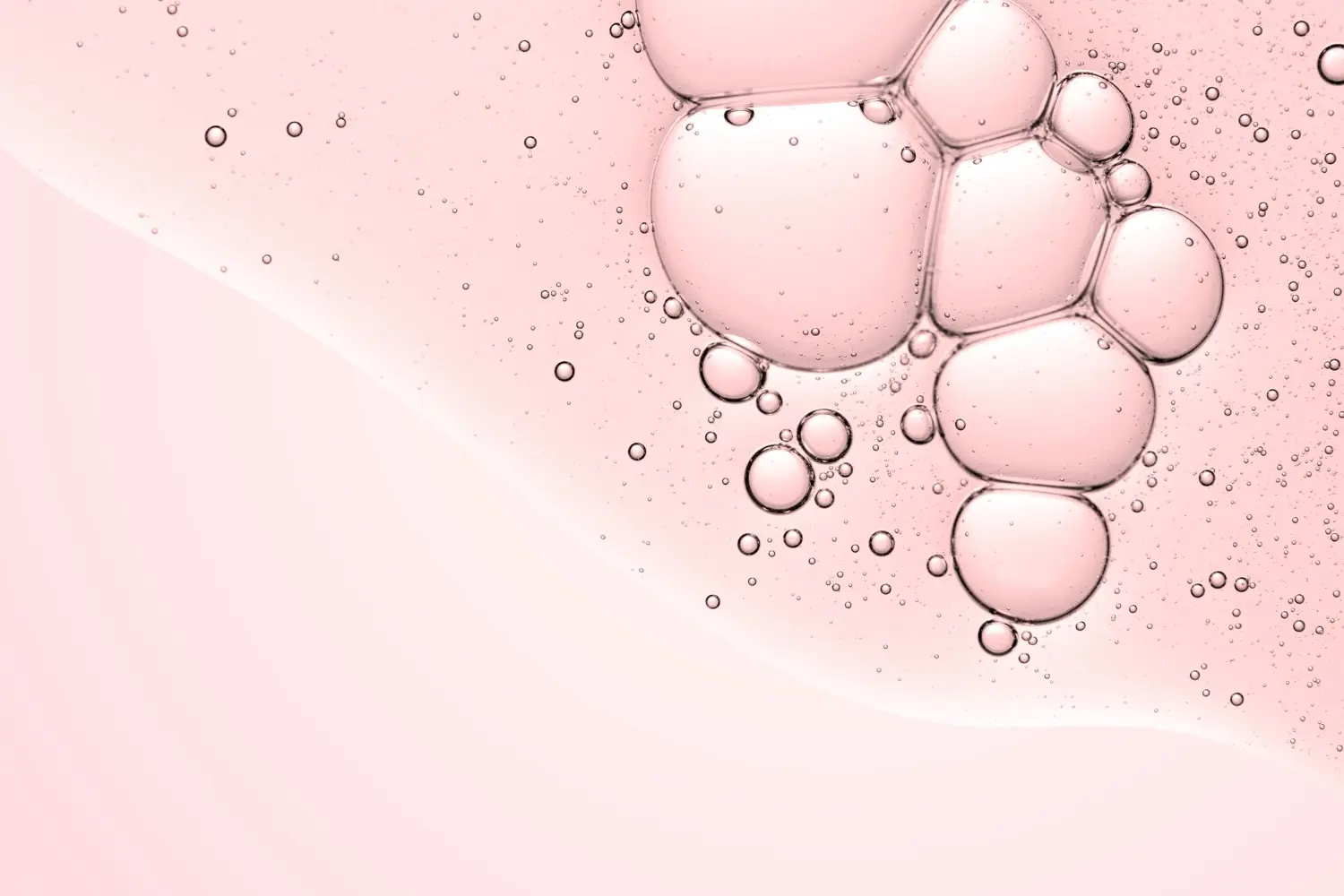
© Freepik

© Freepik

© Freepik
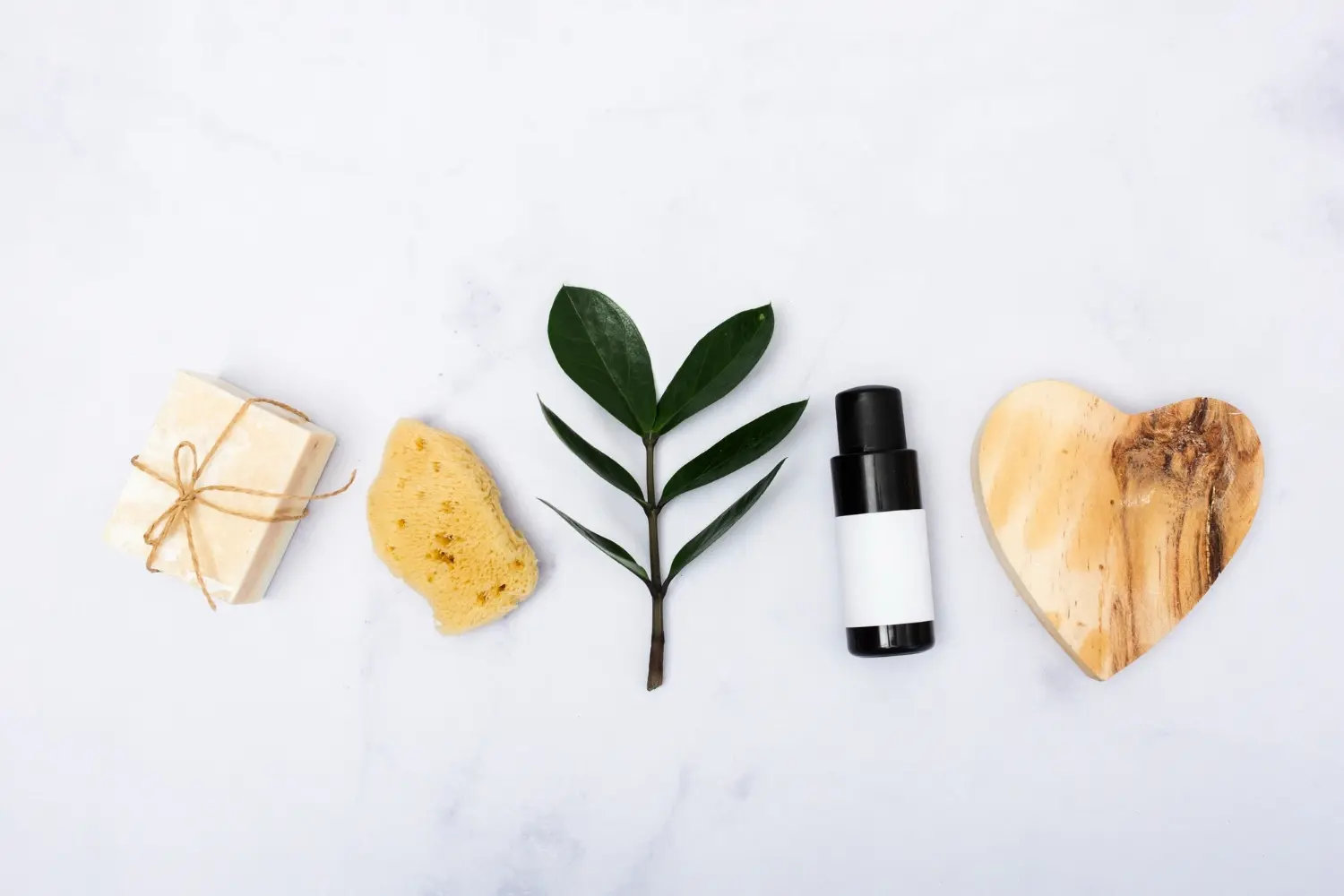
© Freepik
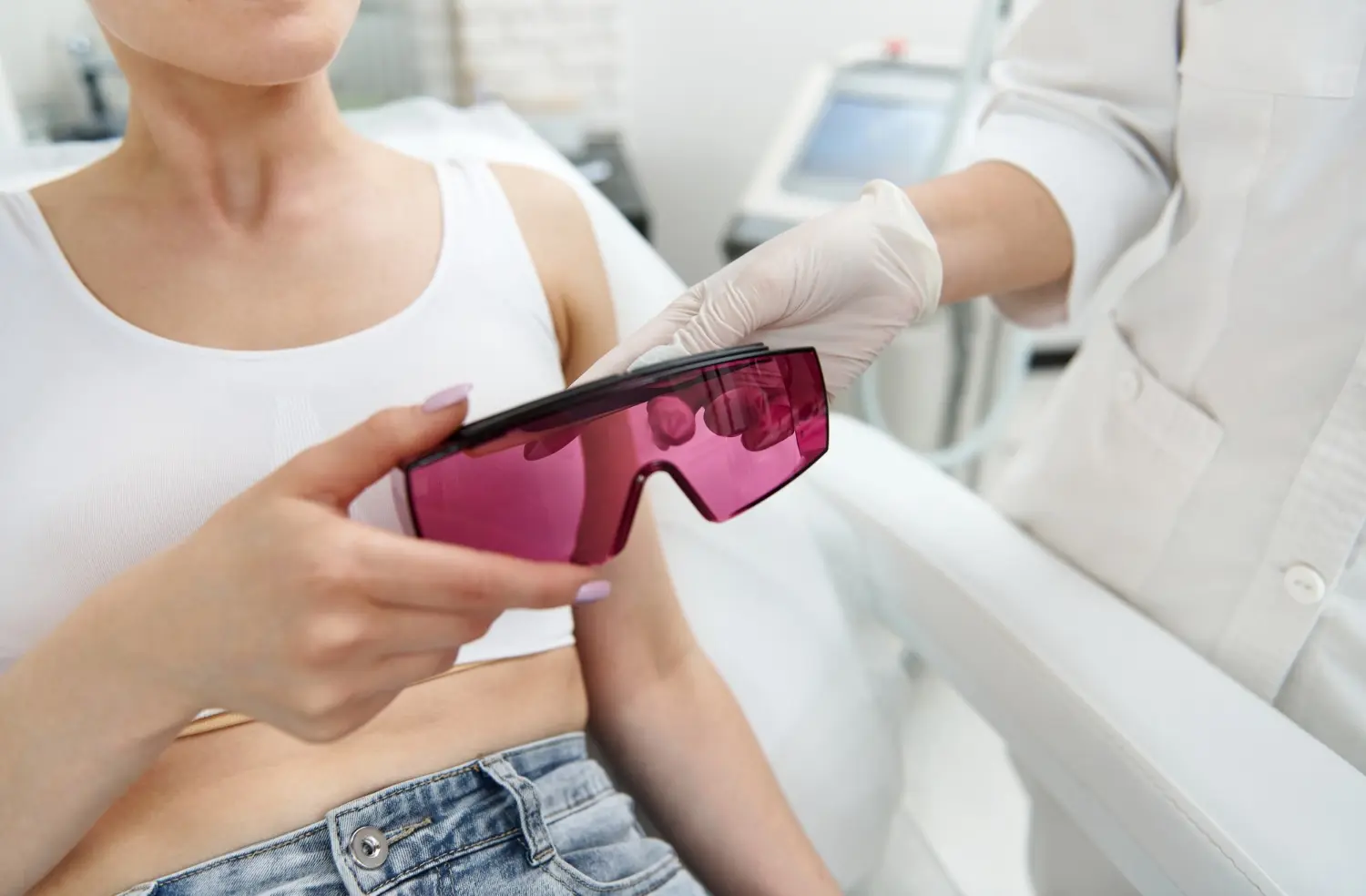
© Freepik
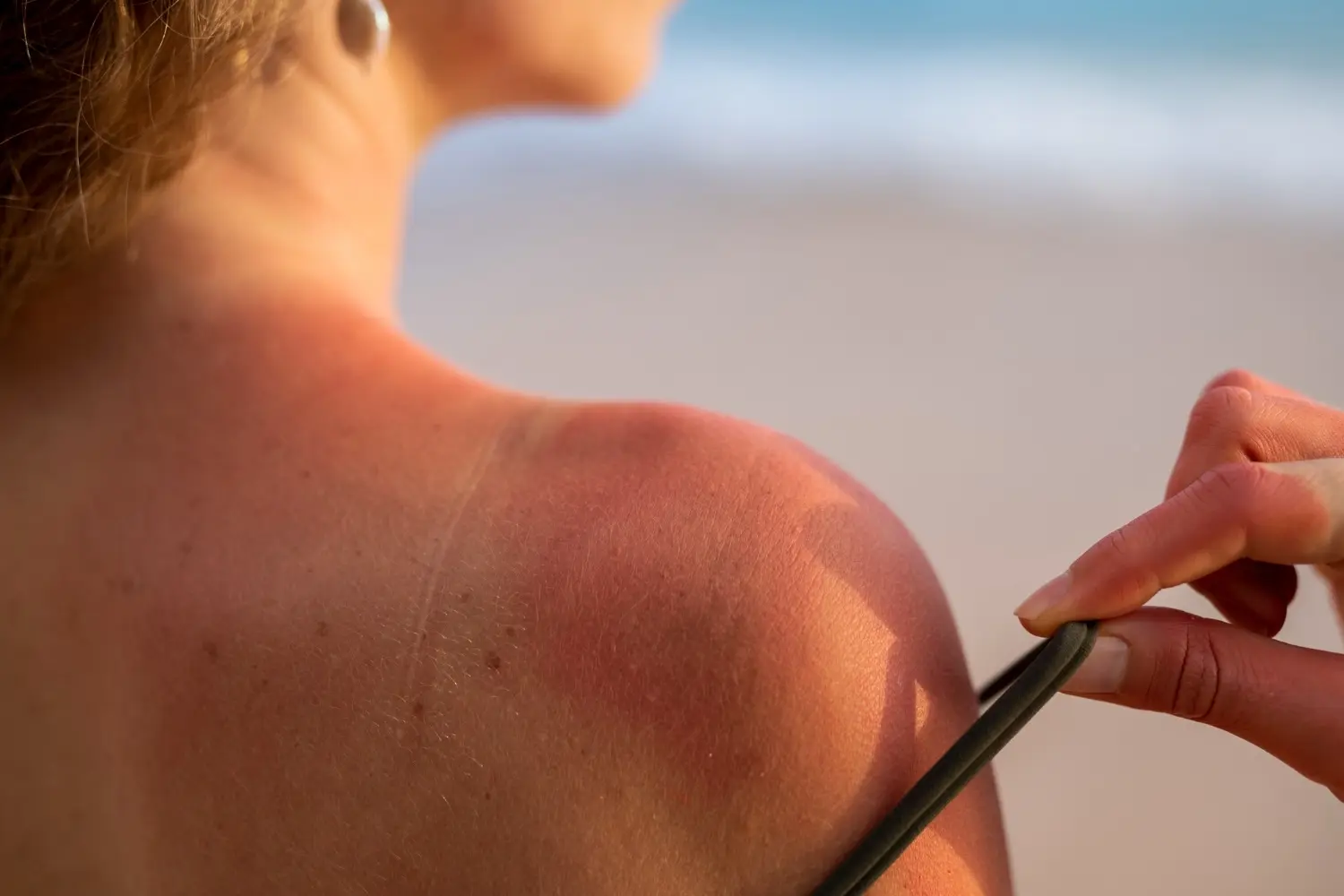
© Freepik
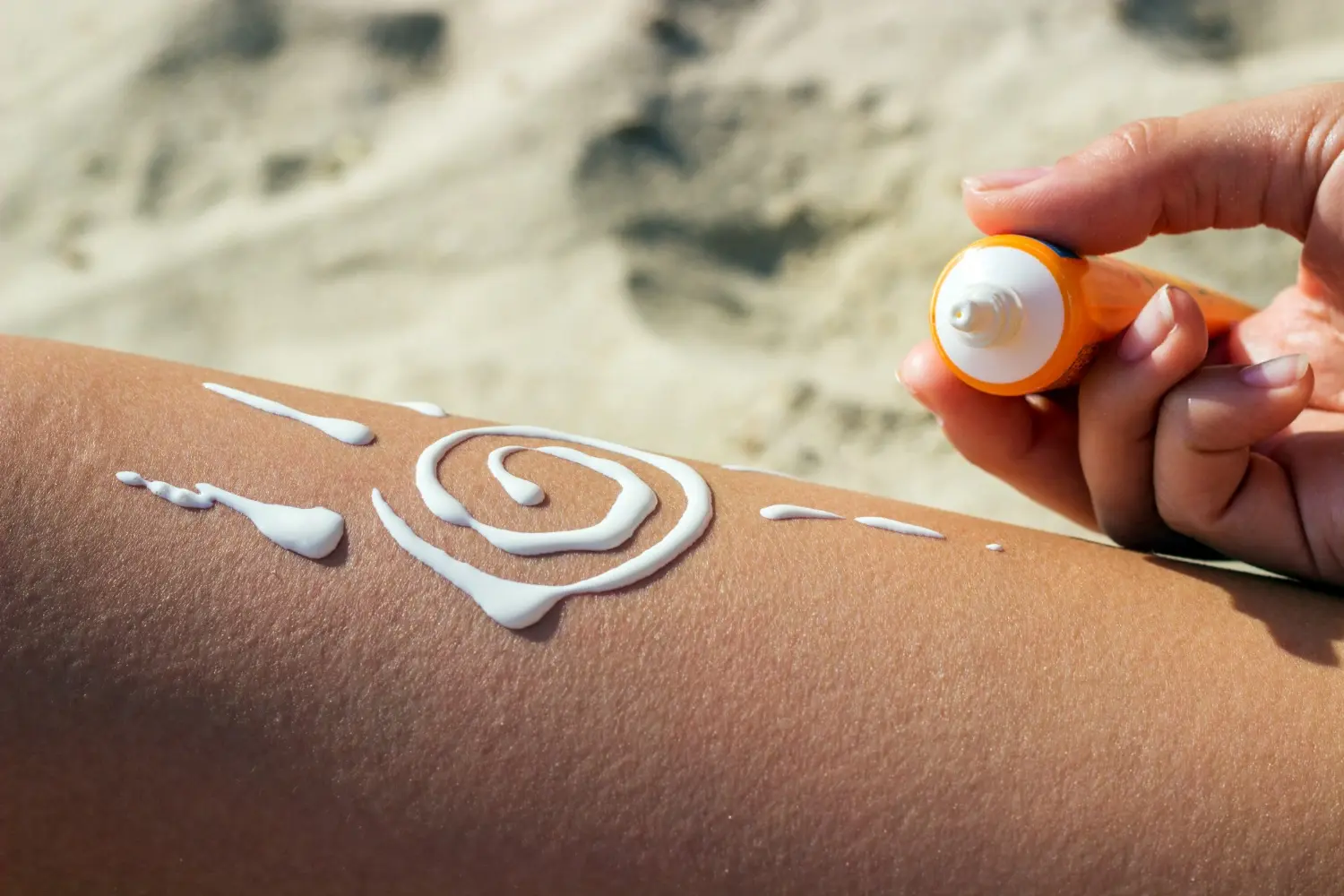
© Freepik

© Freepik